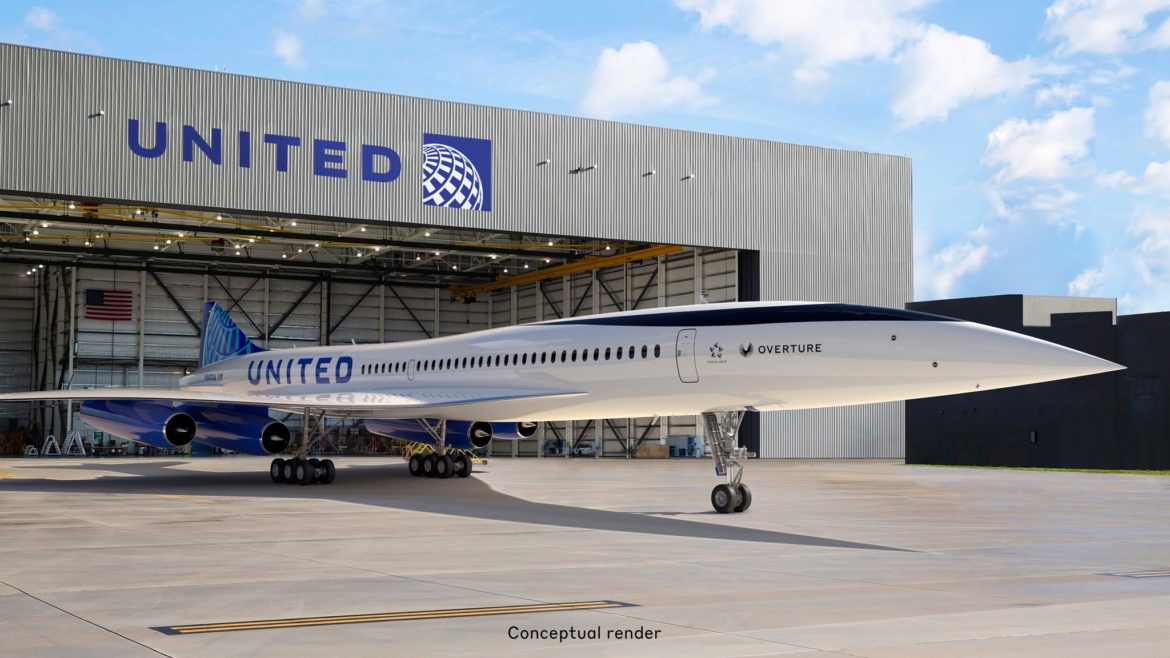As Boom Supersonic prepares to revolutionize air travel with its Overture aircraft, promising New York to London flights in just 3.5 hours, a sobering reality lurks beneath the excitement of supersonic revival: the fundamental physics of fuel consumption that no engineering breakthrough has yet overcome.
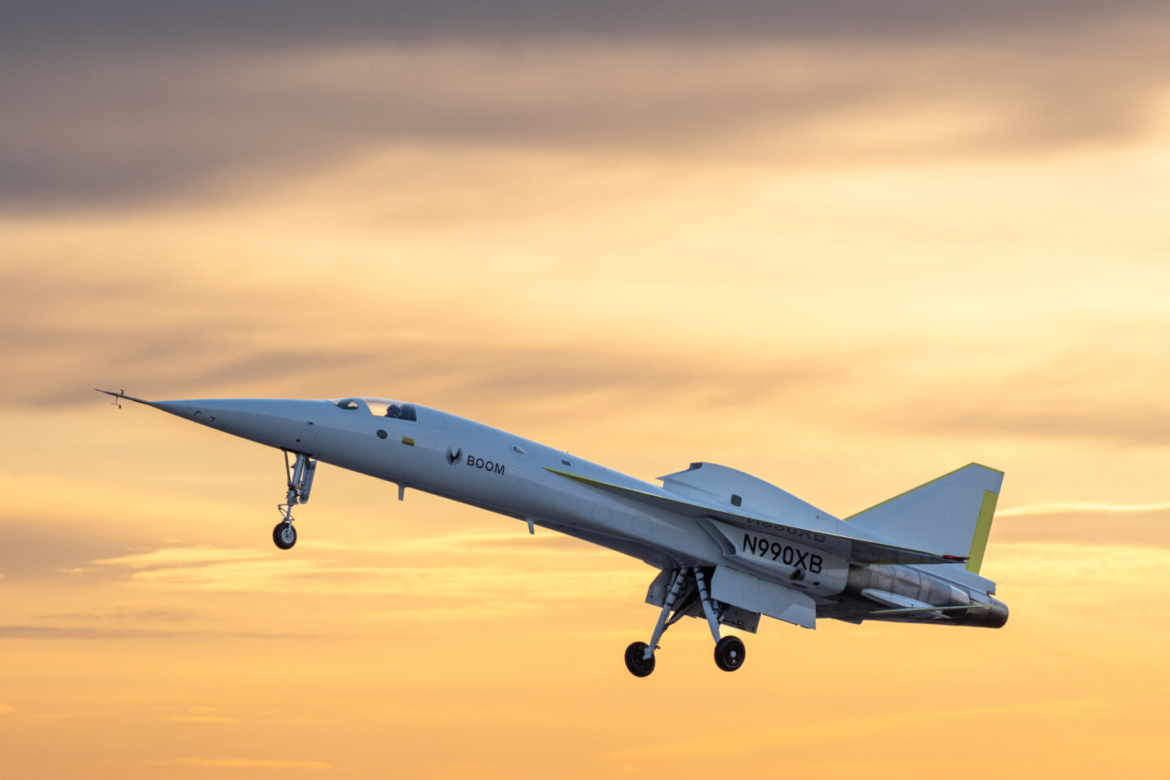
Solving one problem, stuck with another
Early this month, Boom Supersonic made headlines when its XB-1 demonstrator aircraft—nicknamed “Baby Boom”—broke the sound barrier three times without producing audible sonic booms at ground level. This technological achievement, known as “boomless cruise,” leverages atmospheric physics at altitudes above 30,000 feet to refract sound waves upward rather than toward the ground.
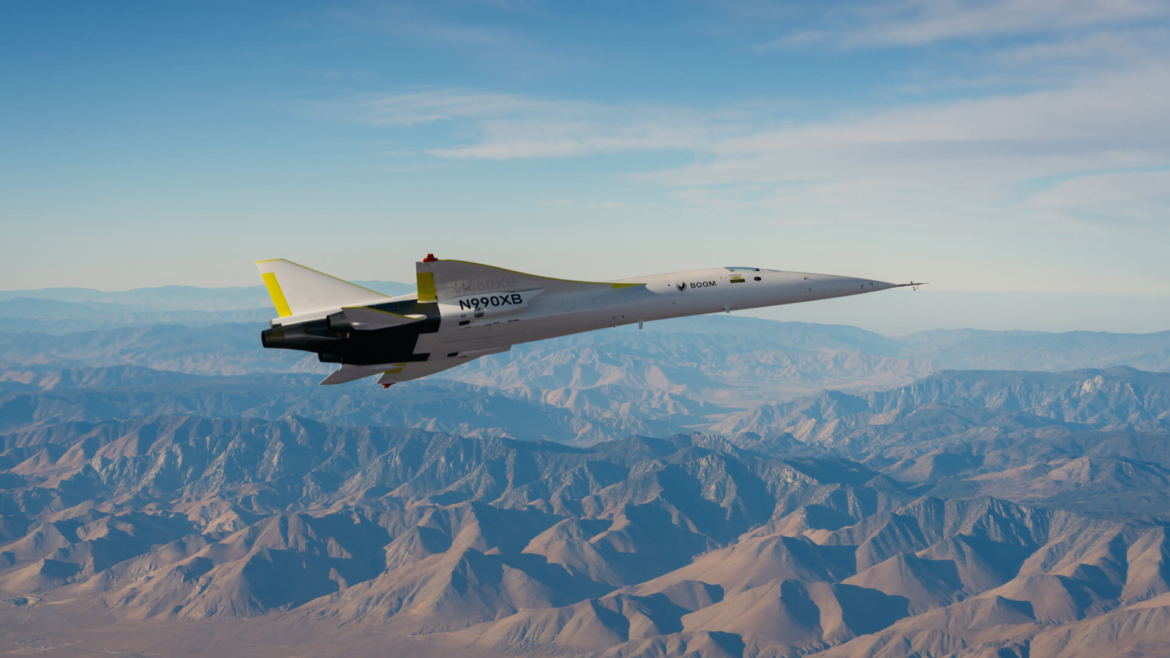
“XB-1 broke the sound barrier three times during its first supersonic flight – without an audible boom,” said Blake Scholl, Boom’s founder and CEO, in a statement that quickly circulated through aviation circles. This advancement potentially addresses one of the two fatal flaws that doomed the Concorde: its ear-shattering sonic booms that restricted it to transoceanic routes. However, the second and perhaps more economically significant challenge—fuel efficiency—remains largely unsolved.
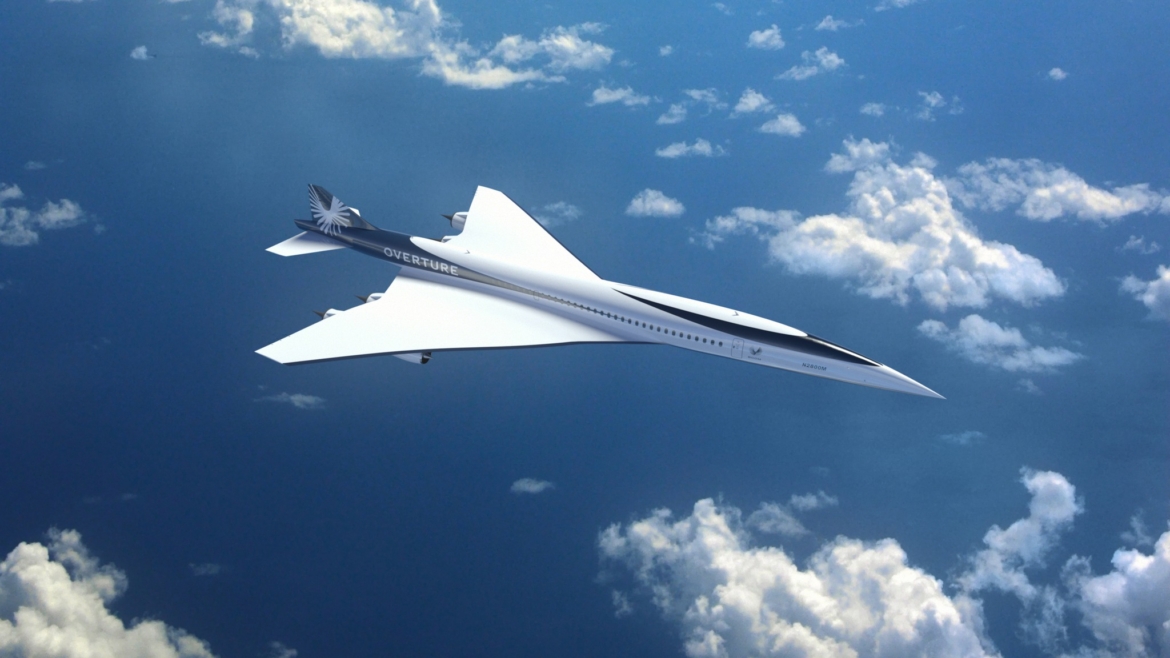
The Unavoidable Physics of Supersonic Flight
Industry analysts and environmental scientists point to a fundamental problem: the physics of pushing an aircraft beyond the sound barrier requires exponentially more energy than subsonic flight, regardless of engineering innovations. “At the end of the day, you’re fighting basic fluid dynamics,” explains Dr. Eleanor Ramirez, aerospace engineering professor at MIT. “Breaking the sound barrier creates shock waves that dramatically increase drag. Overcoming this drag requires substantially more thrust and, consequently, substantially more fuel.”

Data from recent studies suggest Boom’s Overture will likely burn between two to three times more fuel per passenger than a first-class cabin on today’s most efficient long-haul aircraft, as pointed out by a report by la Republica. When compared to economy class travel, that consumption rises to five to seven times more fuel per passenger-mile.
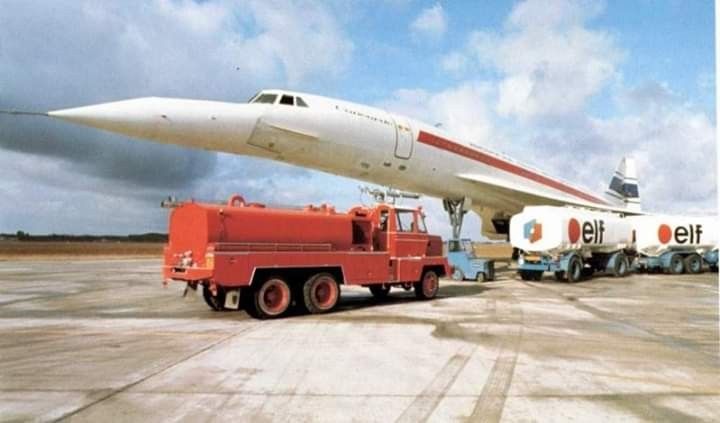
SAF: a partial solution at best
Boom’s primary response to environmental concerns centers on Sustainable Aviation Fuel (SAF), with the company stating that “Overture is designed to fly on zero-carbon, sustainable aviation fuel, eliminating up to 100 percent of CO2 emissions.” However, aviation experts highlight several critical limitations to this approach. Firstly, current global SAF production represents less than 0.1% of jet fuel demand. Even with ambitious growth projections, production capacity will likely remain inadequate for decades.
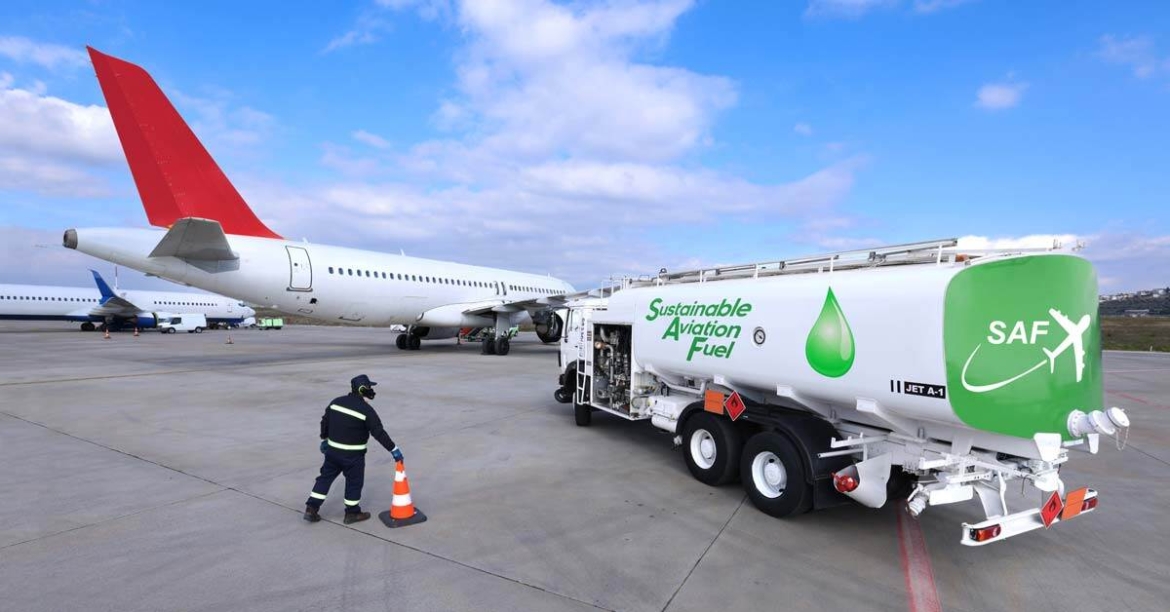
Secondly, SAF currently costs 3-5 times more than conventional jet fuel, potentially adding thousands of dollars to already premium-priced supersonic tickets. Finally, while SAF can reduce lifecycle carbon emissions, it doesn’t address other environmental impacts of supersonic flight, including high-altitude emissions of nitrogen oxides and water vapor that can have greater climate warming effects than CO2 alone.
“Sustainable fuel is absolutely part of aviation’s future,” notes climate scientist Dr. Marcus Chen. “But claiming it solves the fundamental inefficiency of supersonic travel is misleading. You’re still burning multiple times more fuel—sustainable or not—to travel the same distance.”
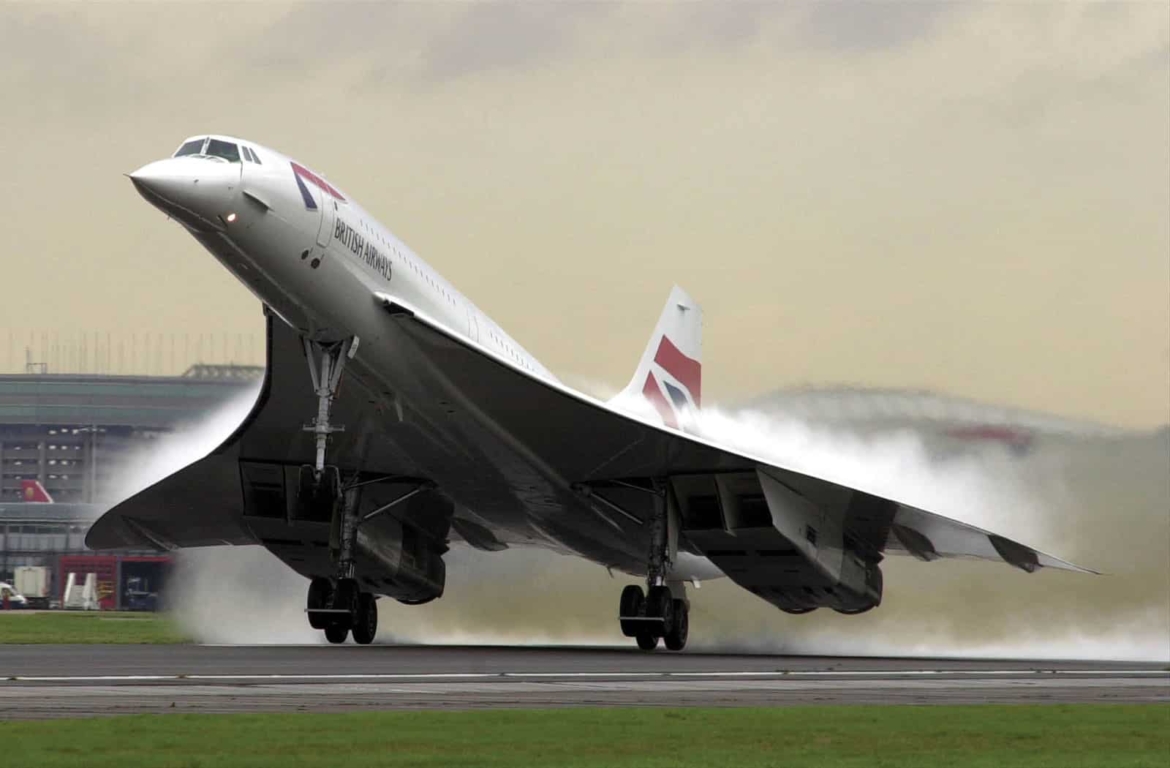
The Concorde Shadow
The specter of Concorde’s commercial failure looms large over Boom’s endeavor. The supersonic predecessor devoured fuel at an astonishing rate—over 100 gallons per minute during cruise and significantly more during takeoff with afterburners blazing.
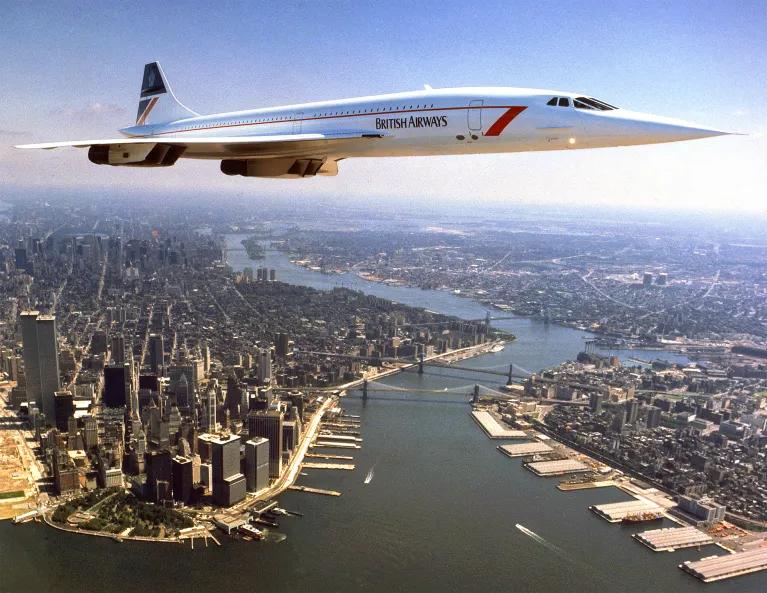
“The Concorde was a marvel of engineering but an economic and environmental disaster,” says aviation historian Patricia Dominguez. “It burned approximately 32.5 liters of fuel per second compared to about 1.13 liters per second for an Airbus A320.” This excessive consumption contributed significantly to Concorde’s economic downfall. With tickets priced at modern equivalents of $12,000-$20,000 round-trip, airlines struggled to fill seats consistently, especially after the 2000 Air France crash and the economic downturn following 9/11.
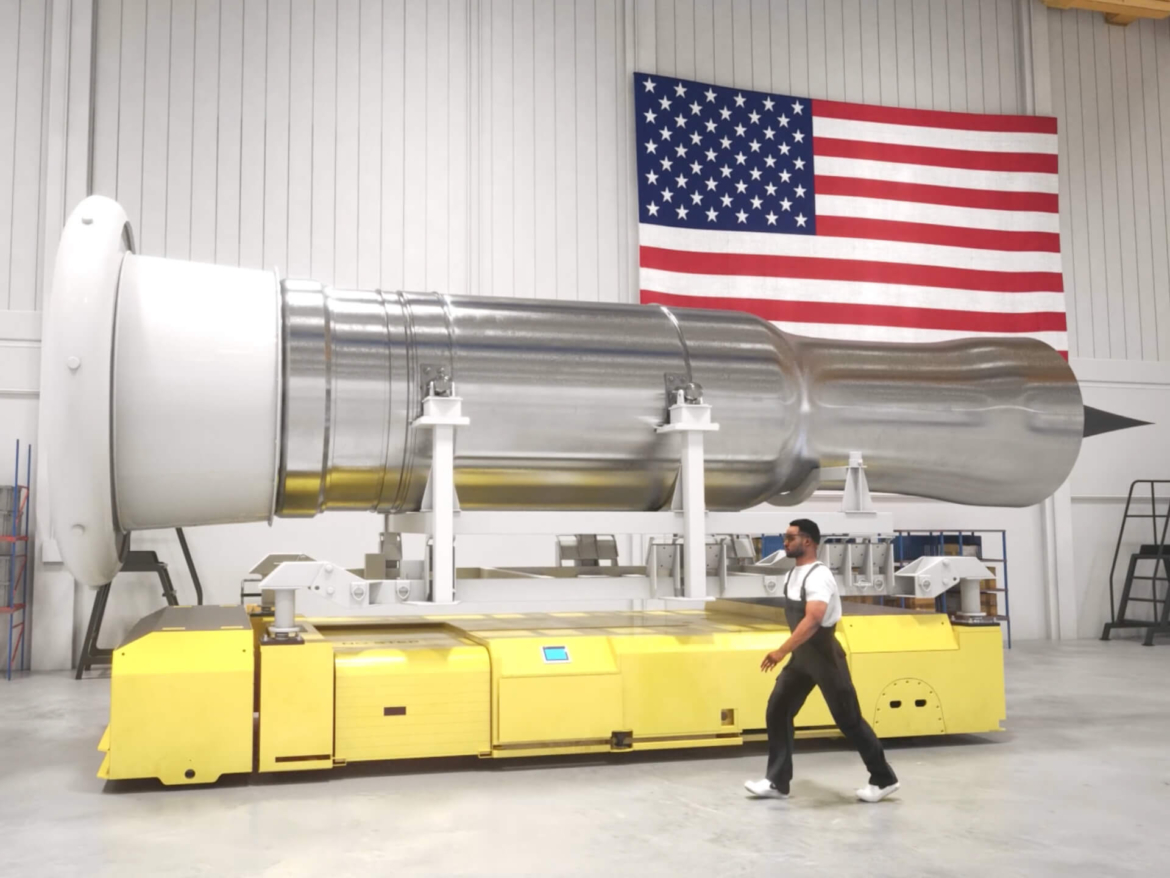
Boom’s Technological Improvements
To their credit, Boom has integrated significant technological advances unavailable during Concorde’s development. Their Symphony engine design eliminates the fuel-hungry afterburners that contributed to Concorde’s extraordinary thirst. Modern composite materials, computational fluid dynamics, and advanced thermal management systems all contribute to improved efficiency.
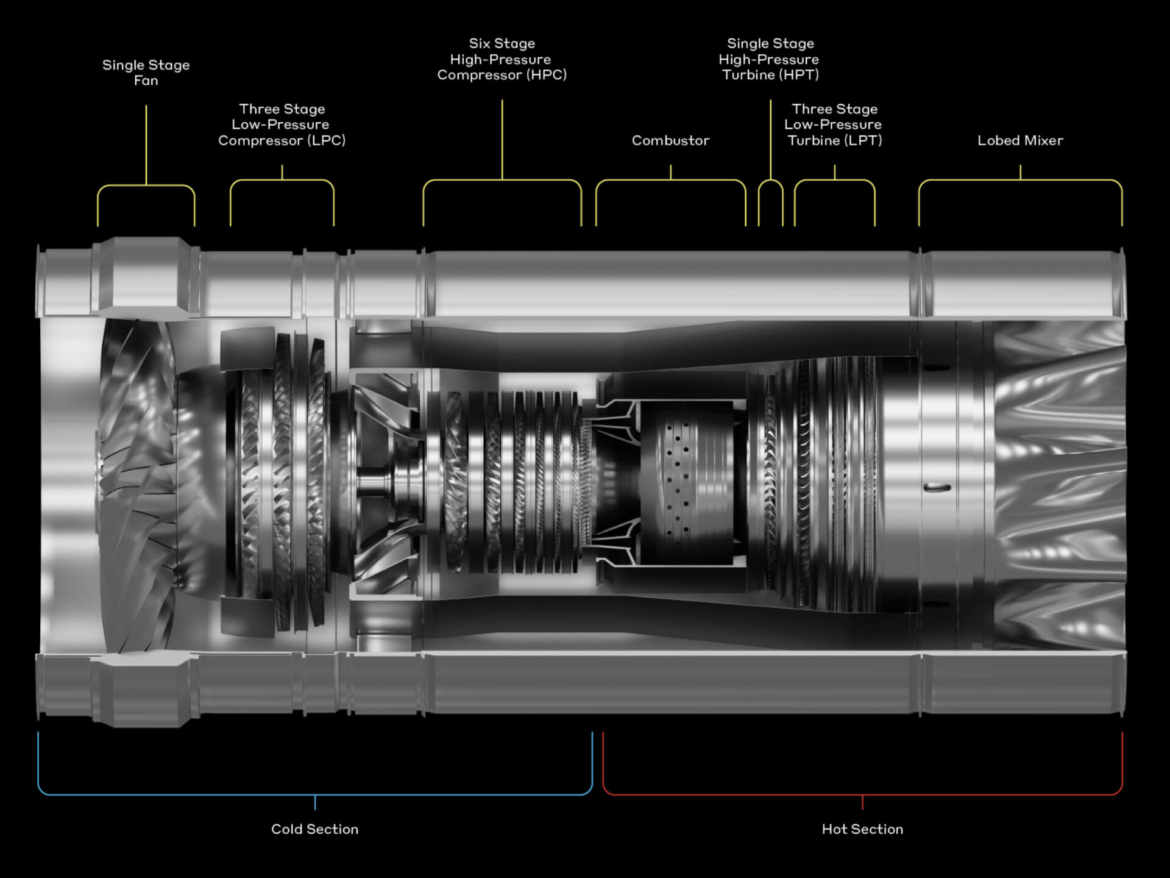
“We’re designing Overture with 50 years of technological advancement that Concorde’s engineers could only dream of,” says a Boom Supersonic representative who requested anonymity to discuss unreleased specifications. “Our Symphony engines represent a quantum leap in supersonic propulsion efficiency.” Yet even these improvements can only marginally offset the fundamental physics of supersonic drag. Internal industry estimates suggest Overture will still consume approximately 4-5 times more fuel per passenger-mile than today’s most efficient subsonic aircraft on comparable routes.
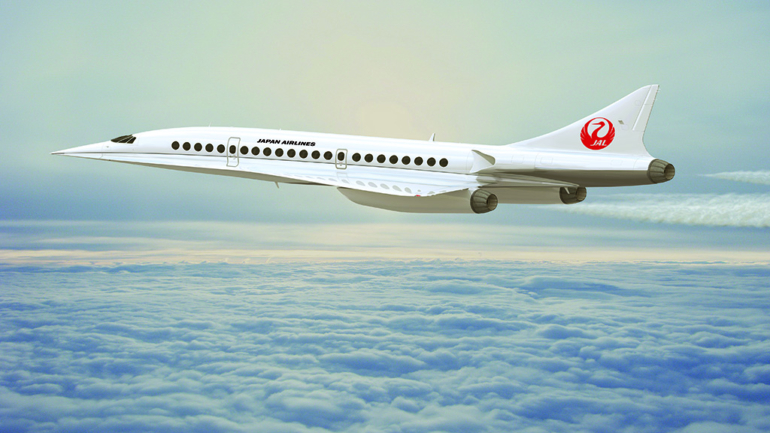
The Market Reality
Boom has secured preliminary orders for over 130 aircraft from major carriers including Japan Airlines, United Airlines, and American Airlines—an encouraging vote of confidence. However, these orders typically involve limited financial commitments and numerous contingencies.
Industry analysts question whether the economics will ultimately work, particularly in an era of increased climate consciousness and corporate environmental commitments. “The target market is ultra-premium travelers willing to pay substantially higher fares for reduced travel time,” explains aviation economist Sandra Williams. “But that market must be large enough to sustain operations where each flight consumes several times more fuel than a conventional aircraft. The math is challenging.”
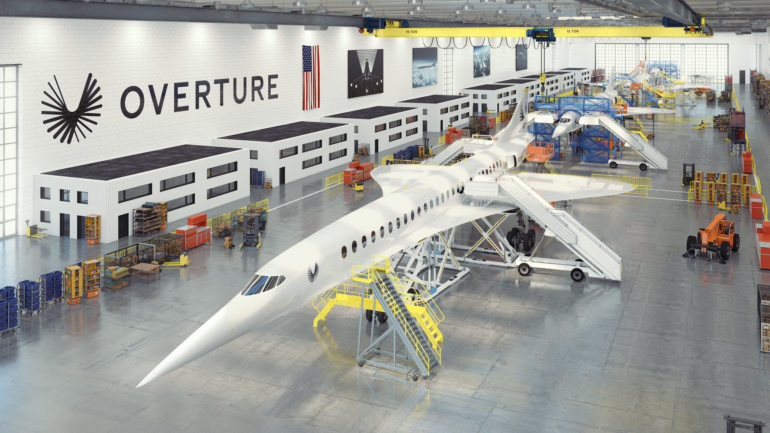
Looking Forward
Boom Supersonic continues development of both its XB-1 demonstrator and full-scale Overture, with production expected to begin at its North Carolina facility within 18 months. The company projects first commercial flights by late 2029. For passengers and aviation enthusiasts, the prospect of 3.5-hour transatlantic flights holds undeniable appeal. For environmentalists and climate scientists, the revival of supersonic travel represents a potential step backward in aviation’s sustainability journey.
“The fundamental question isn’t whether we can build supersonic passenger aircraft—we’ve proven that decades ago,” concludes climate policy expert Jonathan Rivers. “The question is whether we should, knowing what we now understand about climate change and the importance of reducing aviation’s environmental footprint.” As Boom Supersonic races toward its ambitious goals, the aviation industry watches closely to see if 21st-century engineering can finally reconcile the competing demands of supersonic speed and environmental responsibility—a balance that has eluded aerospace engineers for over half a century.
